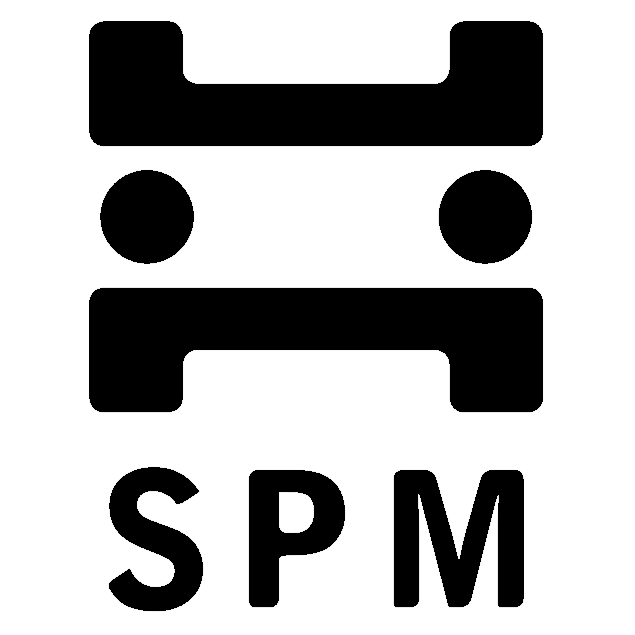This congress was not supposed to occur. But it
did—and with great success. Though fewer IPA members attended than we had hoped
(846), local attendance swelled Congress participation to 2,028. Of these, more
than 600 were Mexican university students who came from all over the country.
*100 Years of the IPA, 1910-2010, Loewenberg and Thompson (Karnac).*100 Years
of the IPA, 1910-2010, Loewenberg and Thompson (Karnac).
Unique features of this Congress were tied to the Local Arrangement Committee
(LAC), which was headed by three chairs. Two of them—Rosalba Bueno (PSM and
LAISP) and Raquel Berman (MAPPTR and IPTAR)—are longtime members of CIPS. This
is noteworthy and not coincidental. They are founding members of the two Mexico
City societies that integrated into IPA in the l990s. These events ended the
hegemony of one psychoanalytic society (MPA) that had since 1957 maintained a
monopoly on psychoanalytic training in Mexico City.
The three-headed LAC model prevailed in spite of recurrent opposition to it and
efforts to dissolve it. We wanted to insure horizontality and equality for the
new IPA societies in the local organization of the upcoming international IPA
congress—the first in Mexico although psychoanalysis has existed for sixty
years—as well as to affirm the plurality of IPA societies in contemporary
Mexico. Rosalba Bueno and Raquel Berman felt a great affinity with Steve
Ellman, who chaired the Scientific Program committee, because of the key role
he played during our Societies’ early struggles to join the IPA (see Berman, R,
2010*).
Throughout 2010, the Arrangement committee organized four Inter-Society events
on psychoanalytic themes around visits from Romulo Lander, Charles Hanly, Steve
Ellman, and Arnold Richards and to promote interest in the upcoming 47th
Congress.
Continuous efforts were exerted by the Arrangements committee starting with the
Berlin Congress (2007) to obtain official sponsorship and support from the
Mexican Ministry of Culure (CONACULTA). After much struggle Raquel Berman
obtained backing for cultural activities during Congress.
On August 1st and the first day of the pre-congress, PSM and MAPPTR organized a
welcoming reception for a group of international colleagues attending the
Congress. CONACULTA financed and organized an elegant and memorable dinner for
150 IPA members, including former and new Board members, heads of the IPA
committees, and Presidents of all 6 Mexican psychoanalytic societies. The
dinner was jointly hosted by IPA President Charles Hanly and the Arrangements
committee, and held at the stunning Alcazar of the Chapultepec Castle.
With the financial and logistical support of CONACULTA, Arden Rothstein
organized a unique live exhibit of Oaxacan master artisans who exhibited their
art during the days of the Congress.
Co-sponsorship was obtained from the Mexican Cinemathique for the post-Congress
film festival: “Broken Worlds, The Unconscious in Film,” which opened after the
closing of the Congress at the Museum of Anthropology in the splendid Torres
Bodet auditorium.
Three films, (Los Olvidados, Babel, and Pan´s Labrynth) by internationally
renowned Mexican directors (Bunuel, Gonzalez Iñarritu and del Toro,
respectively) were screened and accompanied by commentaries in English and
Spanish by psychoanalytic film experts, Tylim Sklarew and Andrea Sabbadini.
Panels with Mexican cinematographers who had worked in these films followed,
including artistic director and Oscar winner Brigitte Broch, and Pan’s
Labyrinth producer Berta Navarro. Gonzalez Iñarritu sent a special DVD
responding to twelve questions from Tylim Sklarew. Augenio Caballero, artistic
director and Oscar winner for Pan´s Labyrinth, sent a DVD about his
collaboration with del Toro. There were lively exchanges with the audience.
Mexican Cinemathique videotaped the two-day event in its entirety.
This was the second time an IPA post-congress Film Festival took place. The
first one was the memorable Santa Monica-Hollywood film event following the San
Francisco IPA Congress in l995, organized by Harriet Wrye and CIPS members from
PCC and LAISPS.
An outstanding feature of the Congress were pre-Congress course offerings on
basic psychoanalytic concepts designed for university students from allied
professions. Analysts from MAPPTR and PSM taught a total of 9 courses to over
600 student enrollees. Steve Ellman was receptive from the start to this idea
and facilitated its realization.
In the months leading up to the Congress, the LAC organized an intensive
publicity campaign in universities throughout the Mexico. Newspaper,
television, and radio ads targeted allied mental health professionals and the
general public. Special consideration was given to promoting the Congress to
college students. The small discussion groups following the main presentations
during the Congress also facilitated contact between analysts and students.
According to some, this contact left a deep positive impression of
psychoanalysts and the field of psychoanalysis.
.
Last, but not least, it is notable that there were no incidents involving lost
or stolen personal property or threats to individual safety. Many expressed
enthusiasm for their Congress experience and praised its organization.
SPM: Un lugar de encuentro, donde se hace y se enseña psicoanálisis.
SPM: Un lugar de encuentro, donde se hace y se enseña psicoanálisis, de forma seria y cercana.
